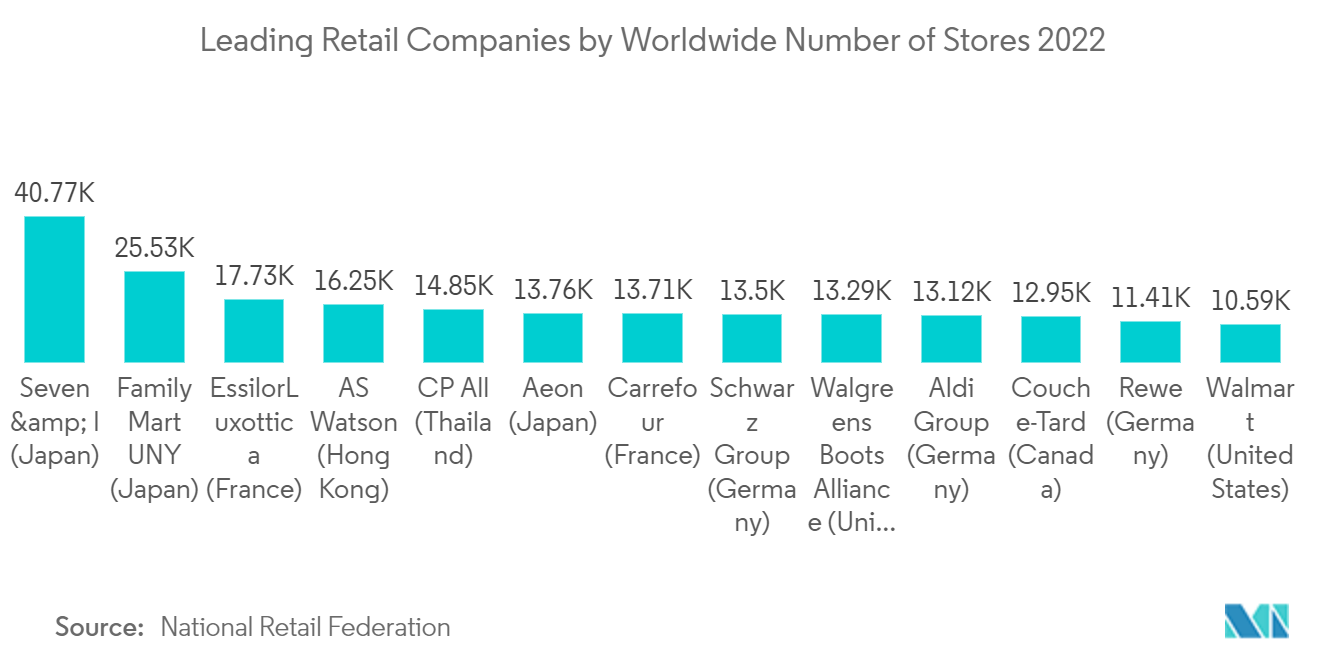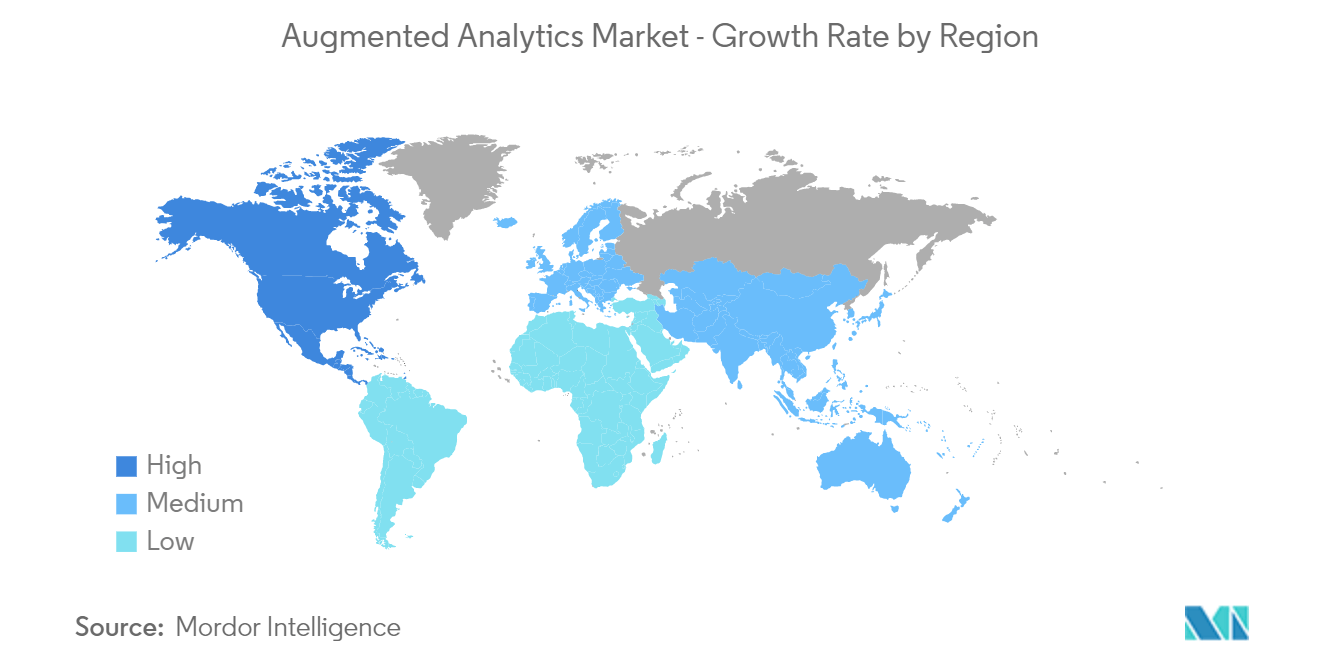Market Trends of Augmented Analytics Industry
Retail Sector is Expected to Have a Significant Growth During the Forecast Period
- With analysis of the data collected from all in-store security cameras, social media data collection, consumer insights, and correlation with historical data, augmented analytics gives critical insights into the retail e-commerce processes. This allows insights to be produced quickly. This is made possible by integrating artificial intelligence (AI), which gives business data the power of scale, speed, and efficiency.
- Today's retailers must have a sharper emphasis on the client if they want to succeed. Consumers want simple shopping experiences. Therefore today's marketing must be pertinent and targeted. Every customer needs to be treated as an individual with unique buying habits. Retailers can create multi-level awards that can be personalized depending on data insights that gather information such as purchase habits, customer comments, etc., utilizing augmented analytics. This can help merchants create more focused business strategies for their customers.
- With augmented intelligence systems, retail technology can be added on top of end-user industries. To support decision-making at all levels of the retail industry, organizations might concentrate on establishing automated systems for data preparation, machine-based algorithms, deep learning, advanced analytics, and insight discovery.
- Analytics adoption has been difficult in the retail sector, but it has recently been merged with augmented analytics solutions. For instance, any in-store salesperson can ask the system for the top things they can do to increase sales and receive a thorough response thanks to augmented analytics and NLP.

North America is Expected to Have the Largest Market Share
- The market's acceptance that artificial intelligence (AI) would someday be able to compete with or entirely replace human intelligence has been spurred by the rapid adoption rates of AI and machine learning technologies in North America over the past several years.
- Modern infrastructure, large funding opportunities, a diverse customer base across many industries, a supportive environment for innovation, and the availability of a highly skilled workforce are the factors driving the emergence of augmented analytics software and services.
- Data users were forced to perform several mindless, time-consuming, repetitive chores. AI has enabled automating and completing these jobs in real time, greatly enhancing human productivity. Productivity maximization can assist firms in the United States region in obtaining improved profits, boosting their overall income, given the region's fierce competition among manufacturers.
- By using augmented analytics, the regional analyst may concentrate on the analysis rather than spending a lot of time earlier on data cleansing, which takes up the most time. This increases efficiency, giving businesses across the United States and Canada a competitive advantage.


